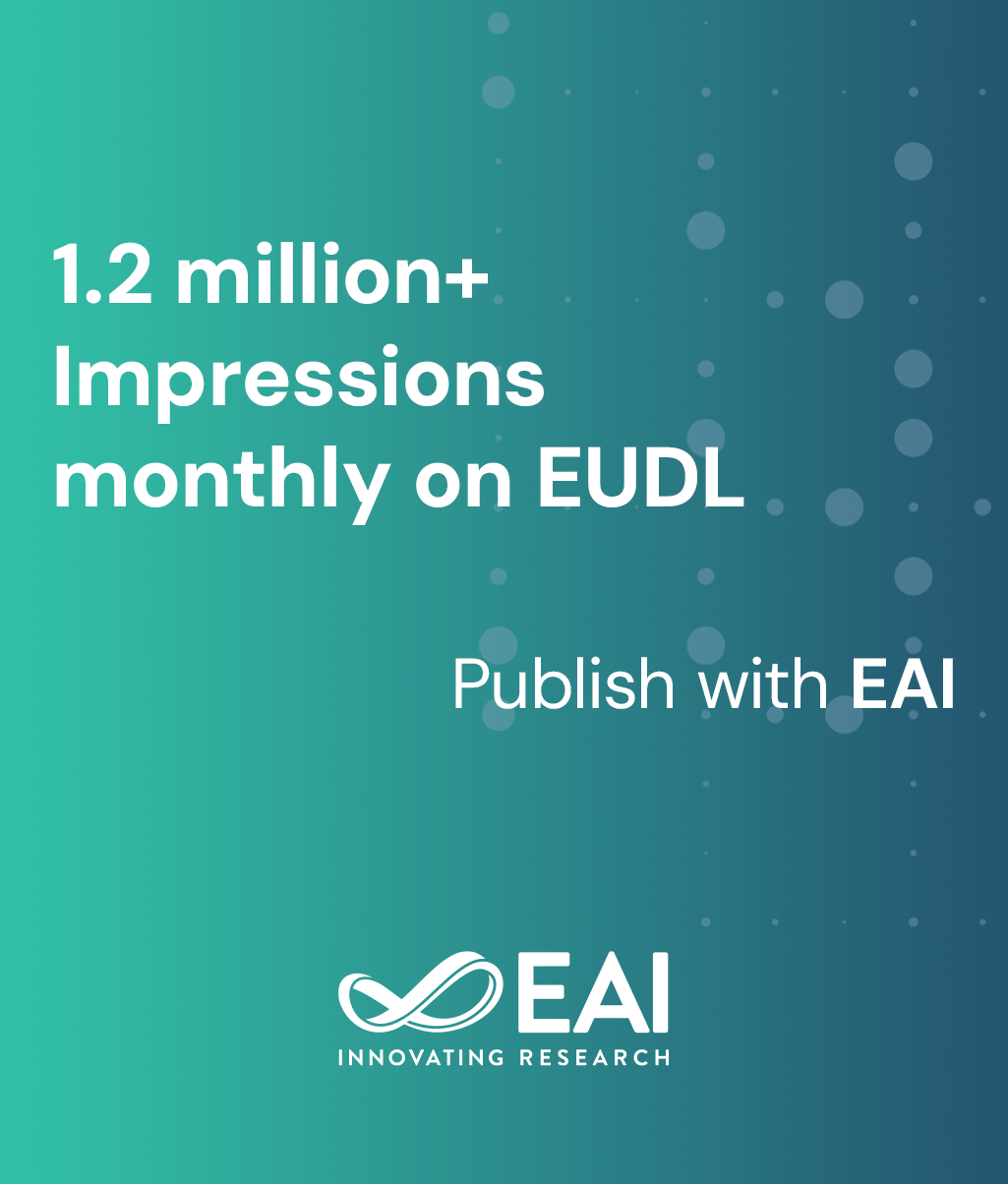
Research Article
Design and Implementation of a Line-Tracking Robot for Autonomous Navigation
@ARTICLE{10.4108/eetsmre.8988, author={L. H. Huynh and D. T. Duong and Lourve Vincent}, title={Design and Implementation of a Line-Tracking Robot for Autonomous Navigation}, journal={EAI Endorsed Transactions on Sustainable Manufacturing and Renewable Energy}, volume={2}, number={2}, publisher={EAI}, journal_a={SUMARE}, year={2025}, month={8}, keywords={Line-tracking robot, autonomous navigation, colour detection, embedded systems, mechanical engineering}, doi={10.4108/eetsmre.8988} }- L. H. Huynh
D. T. Duong
Lourve Vincent
Year: 2025
Design and Implementation of a Line-Tracking Robot for Autonomous Navigation
SUMARE
EAI
DOI: 10.4108/eetsmre.8988
Abstract
This study presents the design and implementation of a line-following Automated Guided Vehicle (AGV) for stock distribution using color detection. The AGV incorporates mechanical, electrical, and control engineering principles to improve warehouse automation. The primary goal is to develop an AGV that autonomously follows a designated path and sorts stocks by color. This project enhances students’ understanding of mechatronics system design by integrating fabrication, sensor integration, embedded programming, and control system optimization. The methodology includes system modeling, hardware selection, circuit design, algorithm implementation, and experimental validation. The AGV’s performance was assessed under different conditions to evaluate accuracy, stability, and adaptability. The AGV successfully follows predefined paths and accurately classifies stocks by color, optimizing logistics and automation processes. Experimental and simulation data confirm the system’s effectiveness. This project establishes a fundamental framework for AGV-based logistics and contributes to the advancement of autonomous warehouse solutions.
Copyright © 2025 L. H. Huynh et al., licensed to EAI. This is an open access article distributed under the terms of the CC BY-NC-SA 4.0, which permits copying, redistributing, remixing, transformation, and building upon the material in any medium so long as the original work is properly cited.


